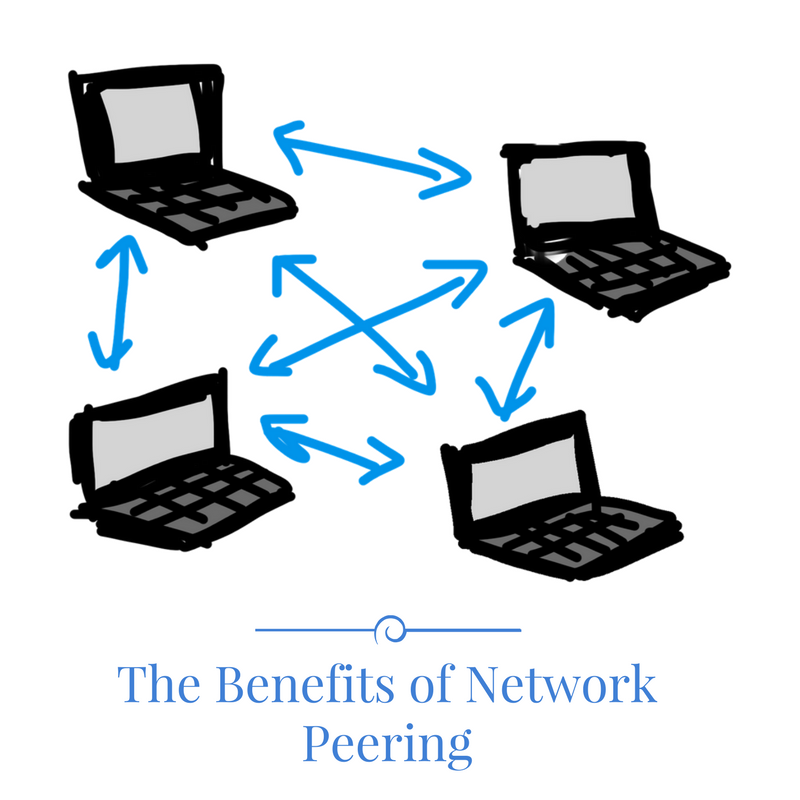The Benefits of Network Peering
Network peering is the exchange of data directly between internet service providers rather than via the internet, allowing a faster transit (a type of internet connection) and trading of information. With this connection, only the end user or network operator pays another larger network operator to carry their network traffic for them with no additional charges. Therefore, the benefits of network peering are vast.
The internet is an involvement of individual and independent networks with their own unique IP addressing and global Border Gateway Protocol (BGP) routing. Hence, through this connection, it will act as a skeleton to connect with any other users worldwide in two ways:
- A paid service for the internet connection
- Peering with another network in the global structure (no payment needed)
So now, setting up peering with another network requires an arrangement between yourself and the network for a possible connection. The four options are:
-
Public Peering
Public peering is the most efficient option. Therefore, it is currently the most popular choice. The process is set up by an internet exchange using one or more Ethernet switches. No additional cabling is for this process.
-
Private Peering
Private peering acts as an alternative to public peering. A direct cable connects to 2 networks with routers in the same building. It covers a majority of the traffic on the internet as it exchanges a large magnitude of data on a daily basis.
-
Partial Peering
Partial Peering sets up peering in selected areas. Hence, internet transiting reaches only one part of the globe.
-
Paid Peering
Paid peering (partial transit) involves the arrangement of one network to pay the other to participate in the arrangement.
Why should we start investing in Network peering?
Lower Costs
Firstly, instead of the local network paying solely for bandwidth usage, why not get it from another peer and save some money?
Greater Control
Secondly, peering keeps the internet connection grounded. If there is a packet loss or inactivity, a network user that uses a transit connection is exposed to unpredictable downtime by its transit provider. Within the same case under a peered network, however, the user can easily to alter their traditional direction to alternative sections in any case of any connection issues or delay.
Improved Network Performance
Thirdly, there is a faster connection between two peered networks with grounded internet traffic. Using a direct path can avoid the blockages that can occur at any time.
Increased Redundancy
Also, reducing the dependence of one or more transit providers is an advantage of participating in network peering.
Larger Bandwidth Capacity
Also, large amounts of data traffic are circulated. These cross many systems under the network peering usage.
Better Network Ranking
And lastly, the ability to show your network at a higher tier than others, and therefore improve its perception across the Internet.
Network Peering with MPLS Solution
Therefore, as you can see, entering into a network peering agreement with other networks has its benefits. Analyzing and reviewing your network’s infrastructure costs and usage can help determine whether peering is the right fit for your organization. In fact, Global ITN provides peering services, creating an interconnected internet service which provides you with increased internet redundancy, capacity and control.
What Global ITN offers:
- Increased routing control over your network traffic.
- Improved performances with direct paths to destination networks.
- Optimized bandwidth load between two distinct networks.
- Neutral layer 2 peering point.
- IPv4 and IPv6.
- 1 Gigabit Ethernet to 10 Gigabit Ethernet.
- Online peering and traffic management tools.
- Private peering VLANs.
- Also, low latency high-speed internet connectivity.





